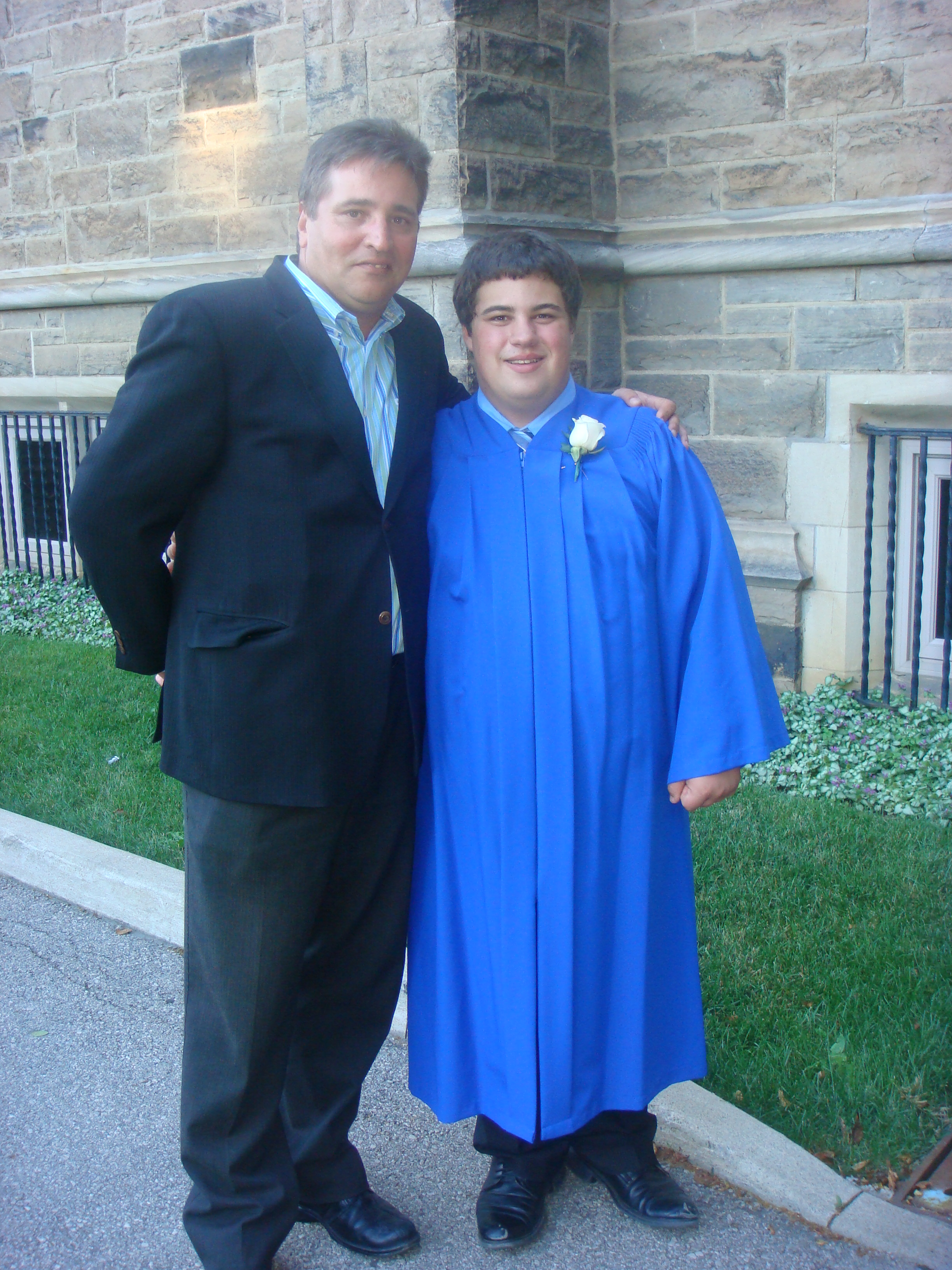Leave a Legacy that Lasts
January 14, 2015

Brian Hansell, an EO Southwest Ontario member and president of Hansell Consulting Group, Inc.
I’ve met two kinds of people in the 20 years I’ve been an EO member: Those who make a mark and leave a legacy, and those who think they have to be Bill or Melinda Gates to do so. This is not true. In my experience, establishing a foundation is a great way to give back.
Like Peter Thomas, EO’s Chairman Emeritus, I suffered a personal tragedy in the death of my son, Paul. In 2010, Paul took his own life while attending university. We were very close, and there weren’t any warning signs. Peter was kind enough to share his experience, and how he started the Todd Thomas Foundation, an institution that raises awareness about the magnitude of mental illness. As EO so often allows, my engagement with Peter inspired me to start my own foundation to promote programs that support the mental and emotional wellbeing of youths.
As the president of a consulting firm, I knew very little about what it took to create a foundation. But through research and support from EO, I set out to make my mark in honor of my son. For starters, I needed a turnkey operation that was easy to establish and maintain. I learned some foundations allow fund management without the bureaucratic administrative work. This means a busy entrepreneur can engage a fund and have it deal with the tax deductions, administration, accounting and regulations reporting— all the red tape that would put one off. What’s more, these foundations only charge a low fee to manage the fund, and are flexible enough for you to direct usage of the fund’s proceeds. If you’re establishing a foundation through a managed service, weigh the administrative charge against the work that will be delivered. It was a no-brainer for me, considering my schedule and abilities.
As I moved forward with the Paul Hansell Foundation, I discovered two drivers that are integral to establishing a foundation or charity: Its mission needs to be compelling on a personal level (empowering you to overcome any hurdles that may crop up) and its objectives need to be relevant to the community at large. Here are some other lessons I learned regarding the process:
• Find a cause you’re passionate about and define it in as few words as possible. This will become your framework and filter for the decisions you’ll make about what your foundation supports
• Figure out what motives you: Are you doing good because it makes sense? It’s just good business? It’s fun?
• Work out who will receive support from your foundation. Also, what will be the form of your support: cash, securities, proceeds from a life-insurance policy, gifts through a will or estate?
• Determine where the support will come from: personal, family trust, business, friends or family? How often and for what length of time?
• Reach out to your local community foundation, and see what they can do to help you get set up
• Enlist the support of family, friends and business associates. Get everyone behind the cause, promote it, keep supporters informed of results and create opportunities for ongoing financial support
Looking back, creating a foundation in honor of Paul has been a truly rewarding process, and one that continues to make a mark through the awareness of our youth’s mental and emotional well-being … something that was often overlooked in our community. Today, I get a deep sense of fulfillment whenever I see or hear that we are making a difference. I hope my experience inspires you to leave a legacy of your own, and that you’ll learn and grow as I have along the way.
Brian Hansell (pictured with Paul) is the founder and president of Hansell Consulting Group, a firm specializing in helping organizations take a preventative and proactive approach to benefits. Contact Brian at [email protected]